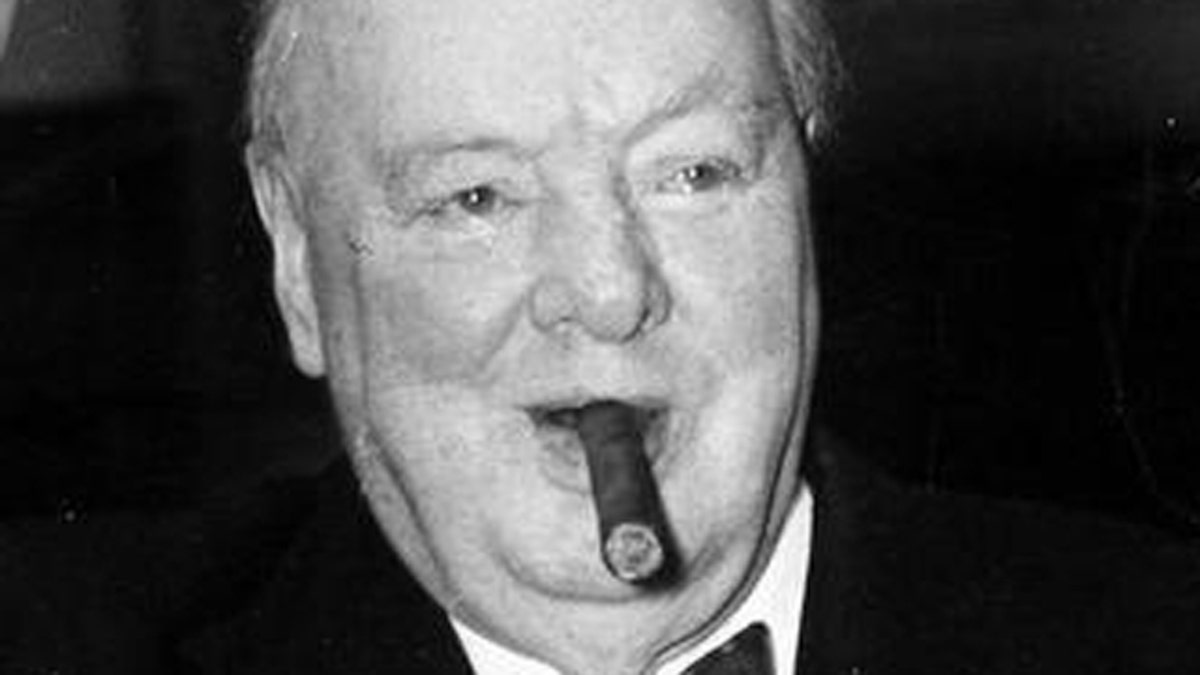
Winston Churchill is seen with his trademark cigar in this file photo. (AP)
A fascinating essay that lay hidden for decades reveals Winston Churchill’s views on alien life.
The never-published essay has been in the archive of the National Churchill Museum in Fulton, Missouri since the 1980s, when it was given to the museum by the wife of Churchill’s publisher, who had died. Last year the museum invited Israeli astrophysicist Mario Livio to review the essay, which he discusses in an article published in the science journal Nature.
Livio notes the British wartime leader’s passion for science and technology in the 1939 essay, as well as Churchill’s thoughts on extraterrestrials.
GERMAN WW II U-BOAT DISCOVERED OFF THE AZORES
Apparently influenced by events unfolding at the time, Churchill voices his concern about human progress and describes the possibility of aliens. “I, for one, am not so immensely impressed by the success we are making of our civilization here that I am prepared to think we are the only spot in this immense universe which contains living, thinking creatures, or that we are the highest type of mental and physical development which has ever appeared in the vast compass of space and time,” he wrote.
The original version of the 11-page essay is held in Churchill Archives Centre in Cambridge, U.K. Churchill, however, revisited the essay in the late 1950s and made some minor typographical changes – he also changed the essay’s title from “Are we alone in space?” to “Are we alone in the universe?” This second draft, which is now in the possession of the U.S. National Churchill Museum, was reviewed by Livio.
Timothy Riley, the director and chief curator of the National Churchill Museum, told Fox News that the essay provides an incredible insight into Churchill’s personality. “I think it reveals the incredibly curious mind of Winston Churchill and the breadth and scope of his interests,” he said. “We know that he had a keen interest in science and valued science and thought that science would lead to progress.”
DEFENSE OFFICIALS MAY HAVE FOUND REMAINS OF US WW II AIRMEN IN THE HIMALAYAS
In the journal Nature, Livio explains that, during the 1920s and 1930s, Churchill wrote popular-science essays for newspapers and magazines on topics such as evolution and cells. He also points to the politician’s friendship with the physicist Frederick Lindemann, who later became science adviser to the British government. The prime minister also created a science-friendly environment that spurred progress in areas like molecular genetics and X-ray crystallography, according to Livio.
Copyright issues, however, are currently preventing publication of the essay, something which the National Churchill Museum hopes to eventually resolve.
Follow James Rogers on Twitter @jamesjrogers
